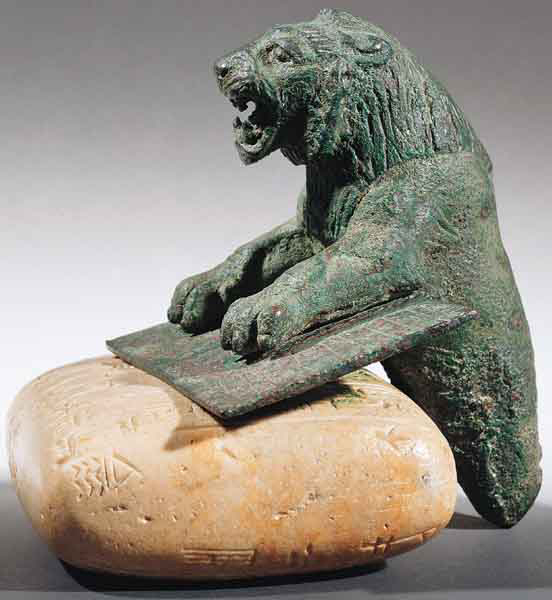Image Details

Erich Lessing
Tish-atal, king of Urkesh, reads part of the Hurrian inscription on this 5-inch-high bronze foundation peg, now in the Louvre (compare with photo of Tell Mozan). About 5,000 years ago, the Hurrians entered Mesopotamia, settling in present-day northern Syria. They adapted cuneiform script to write their language, and by the mid-second millennium B.C.—with the rise of the Hurrian Mittani kingdom—their myths and gods were known from the Tigris River to the Mediterranean and central Anatolia.The most prominent city in Hurrian lore is Urkesh, home of the god Kumarbi. Until this bronze figurine turned up on the antiquities market, in 1948, it was not known whether Urkesh was an actual city. Even then, however, since no one knew where the statue came from, the location of ancient Urkesh remained a mystery.
